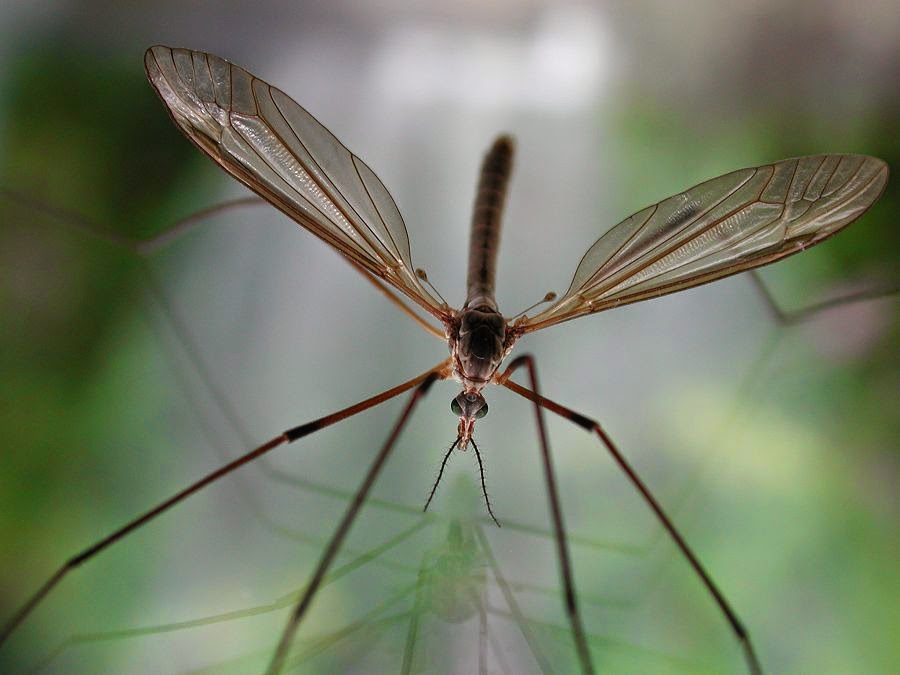Garlic - easy to plant, grow and harvest

The garlic planted last October was harvested over the past couple of weeks and it's now hung in the garden shed to dry. Much of what we planted came from our own seed which is simply cloves of garlic that we harvested a year ago. We decided that any variety that lasted from one harvest to the next planting deserved to get another run. In addition, we purchased some garlic heads from a mail order source that we have found to be reliable. The winter was wetter than it has been for a few years and the spring was cooler so it took a week or two longer for the garlic to mature into cloves.. The first time I planted garlic was after a how-to workshop with Tulsa's garlic man, Darrell Merrill. When I tried to harvest that first planting, I went into a panic because the head looked like an onion not garlic with cloves. Darrell was very patient with me and explained that it just needed to stay in the ground another couple of weeks. If you haven't discovered how easy it i...



.JPG)
.JPG)



